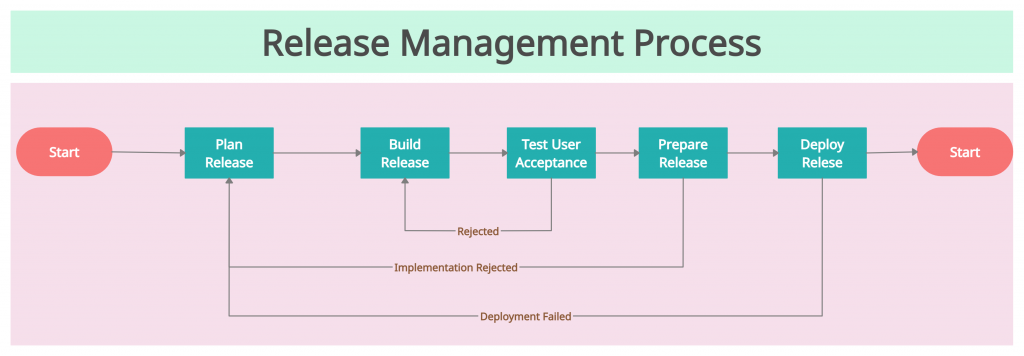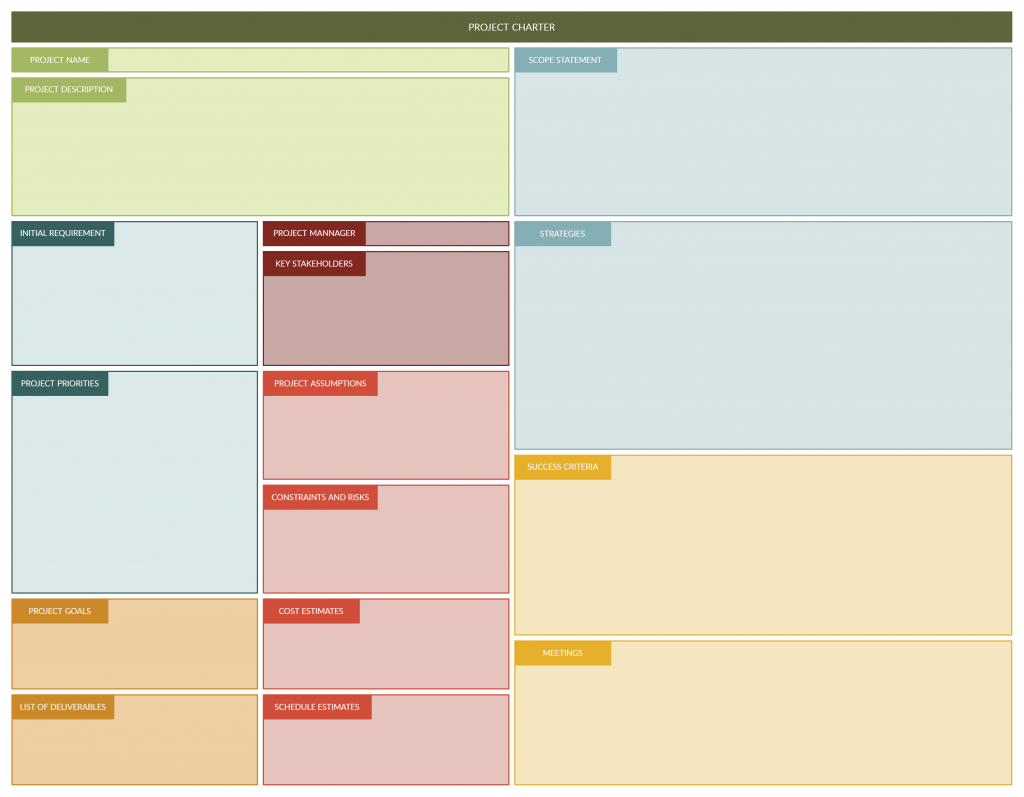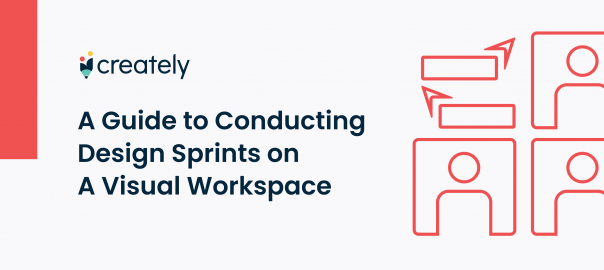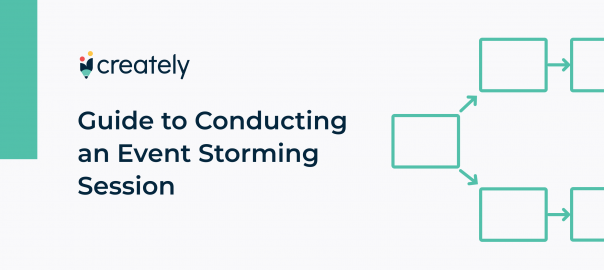Software development as a discipline has changed over the years. Traditionally, developers viewed each release as a project that was part of a larger product. Software was only released when they were considered to be completed products, and once a particular software was developed, it usually signaled the end of the developer’s role.
But the rise in popularity of Agile development and continuous improvement techniques aims to integrate user feedback into the fundamentals of the development process. Software development now more closely resembles a product cycle. Now products are supported, improved, and continually relaunched over the lifetime of a particular piece of software. This paradigm shift treats a release not as the end goal but as a transition point for support and revision.
The Role of the Release Manager
With the increase in complexity as a result of the continuous delivery model, coordinating the phases of development becomes critical. The role of the release manager has become vital for organizations to ensure the efficient scheduling, coordination, and management of releases across the enterprise. For a complete overview on the role of a release manager, check out
Some of the common responsibilities of a release manager include:
- Building the IT release calendar, working with various IT managers, and creating centralized views of all releases.
- Measure and monitor progress to ensure application releases are delivered on time and within budget.
- Manage risk and resolve issues that affect release scope, quality, and schedule
- Ensure efficient reporting of the various releases to department heads, the CTO, and others
- Develop scripts and automation tools to build, integrate, and deploy software releases to various platforms
Where Project Management Meets Software Development:
Release management borrows many principles from business-focused project management to oversee all the stages involved in a software release, from software development and testing to deployment. It involves coordinating multiple efforts across various aspects and utilizes the usual Project Management areas of scope, time, cost, risk, contract, human resources, communication, and quality.
Release management is sometimes referred to as a ‘super discipline’ as it deals with several interconnected but distinct areas of expertise. A release manager has to deal with specific project management aspects while incorporating domain expertise of software development.
One of the most important aspects of release management is code management which refers to the process of handling changes to computer code. Code management simplifies and speeds up the process of making changes to code and helps in maintenance and debugging. Efficient code management is key to develop an iterative system that provides constant product improvements.

Plan:
The structuring of an effective release plan is a core aspect of a release manager’s role. One of the most popular release management methods is the system development life cycle.
This simple framework allows developers to plan, build, maintain, and replace high-quality and efficient software. A release management plan contains timelines, delivery dates, requirements, and the overall scope of the project.

Build:
After you finalize the release plan you can begin to design and build the product for release. This stage involves analyzing the requirements listed out in the release plan and incorporating them into the development. You can create several iterations before you move it to a testing environment. Any issues identified in the later stages of the development process are sent back to be corrected before it moves onto the next stage.
Test:
UAT or User Acceptance Testing is usually done through free trials or beta versions. The intention is to gain real-world feedback for the product. It is one of the most vital aspects of the release management process. It is the best way to collect data, identify bugs and redesign the build for greater integrity.
Prepare Release:
This is usually done by the QA team to conduct final checks on the product and to ensure it meets the standards established in the release plan. QA attempts to analyze the most anticipated bugs and prevent any problems at launch.
Deploy:
After you test the product you can now move on to the deployment stage. This could happen in stages or all at once according to the business strategy. After a feature or product is deployed, you should carefully monitor the reaction to it. You can use the feedback and learnings from the previous release cycle to develop a new release plan.
Keys to Effective Release Management
Automation, teamwork, and transparency are all important aspects of developing an efficient release management process. Adopting DevOps concepts and Agile development techniques allows you to create an efficient release management system to create constantly evolving software. It creates a framework in which you can simultaneously explore new opportunities while perfecting your current offerings.
Here are some release management techniques your team can use to continuously deliver reliable products and services.
Reduce Bottlenecks
Although Agile strategies can contribute to teams developing and delivering value across the software development lifecycle, they can also contribute to the creation of many bottlenecks. You’re not really generating consumer value rapidly if you create products faster than you can deploy them; instead, you’re simply creating a huge backlog of features and services.
To shorten the release cycle, the IT and development teams must work closely together to exchange knowledge during the development lifecycle. Developers can write more production-ready code as a result of cooperation and openness, and if IT teams know more about what’s going on during development it can lead to more rapid and seamless launches.
Shorter Feedback Loops
Creating a culture where teams can interact freely allows IT professionals and software developers to interact at every step of the development cycle.
You can identify concerns and communicate them much faster. These shortened feedback loops allow teams to more easily identify blind spots and find areas of improvement.
Continuous Testing
Testing may be one of the stages in the release management process. But a more accurate and useful way of building software is to conduct continual testing at every stage. Actively testing for problems can reduce the bottlenecks that may arise from deploying large chunks of code and sending it to QA all at once.
Automation
Finding the right automation tools can greatly level up your release management. Standardizing workflows and automating tasks could allow your team to spend more time developing new features and less time fixing older ones.
Well Developed Staging Environments
You should test your system to ensure that a piece of software can be experienced just like a customer would interact with it. The more aligned your staging and production environments, the more you’ll be able to learn from testing and experimentation. If your staging environment is in disarray or constantly changing it could lead to tests that don’t work as they should, misconfigured applications, and faulty infrastructure.
Have Insights into the Release Management Process?
The field of release management is a relatively new field that is constantly evolving. It borrows techniques and methods of implementation from various other disciples. If you have any specific expertise or experience in the field of release management we’d love to hear from you. Please tell us about your learnings in the comments below.




